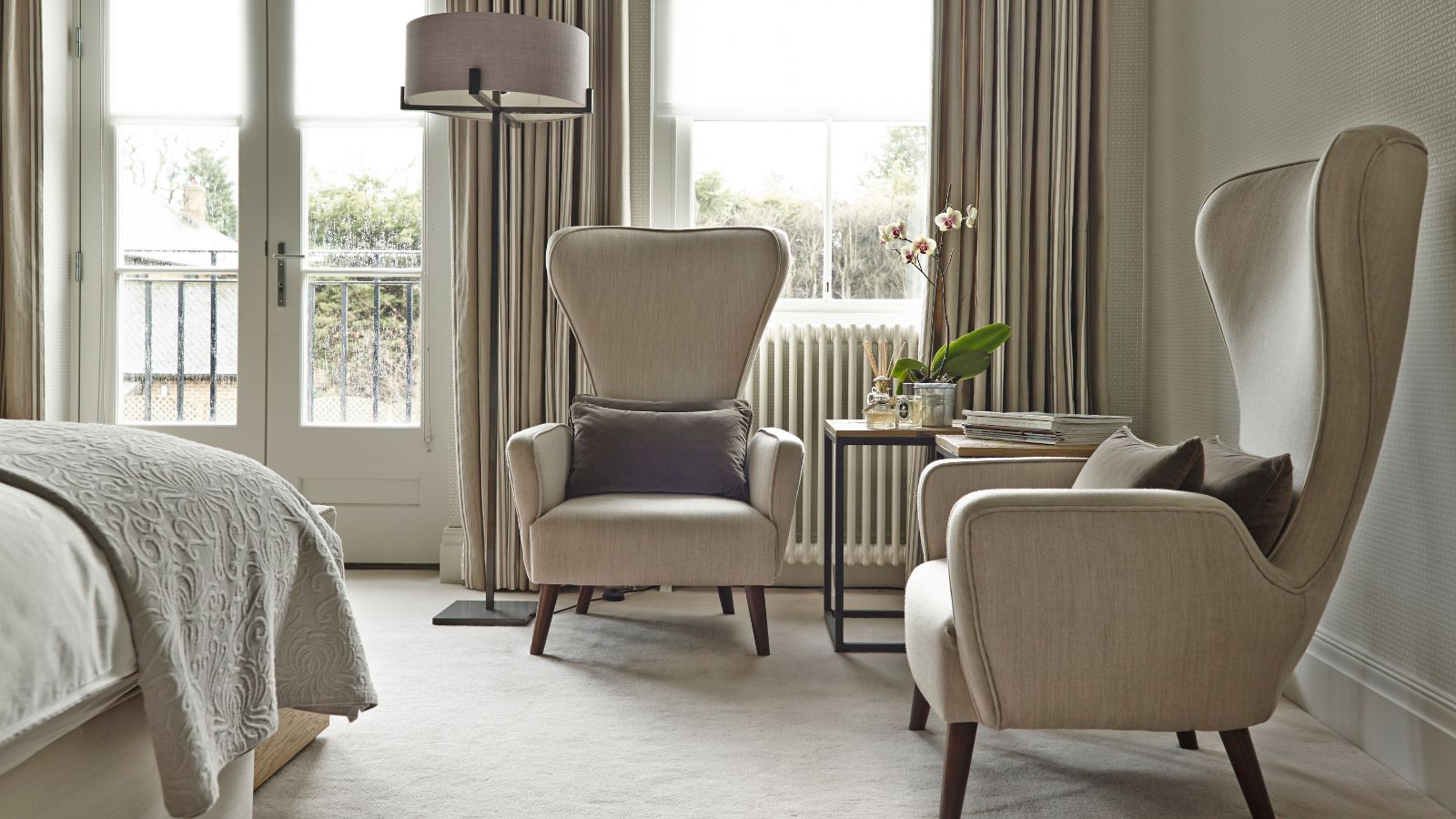
If you've walked barefoot at home and wondered why your carpet feels damp, you're not alone. Not only does a damp carpet feel uncomfortable, but left untreated, it can also cause bacteria growth, mold and mildew, lingering smells, and damage to your home's foundation.
Damp carpets require active drying, especially in the months of the year with fluctuating temperatures and humidity, whilst leaks and spills need to be dealt with promptly to avoid long-term issues.
So what can you do about it? Cleaning a damp carpet will cause damage to even the best vacuums for carpet so our property maintenance pros advise how to spot and fix dampness instead.
Common causes for why your carpet feels damp
1. Humidity, condensation and poor ventilation in the air
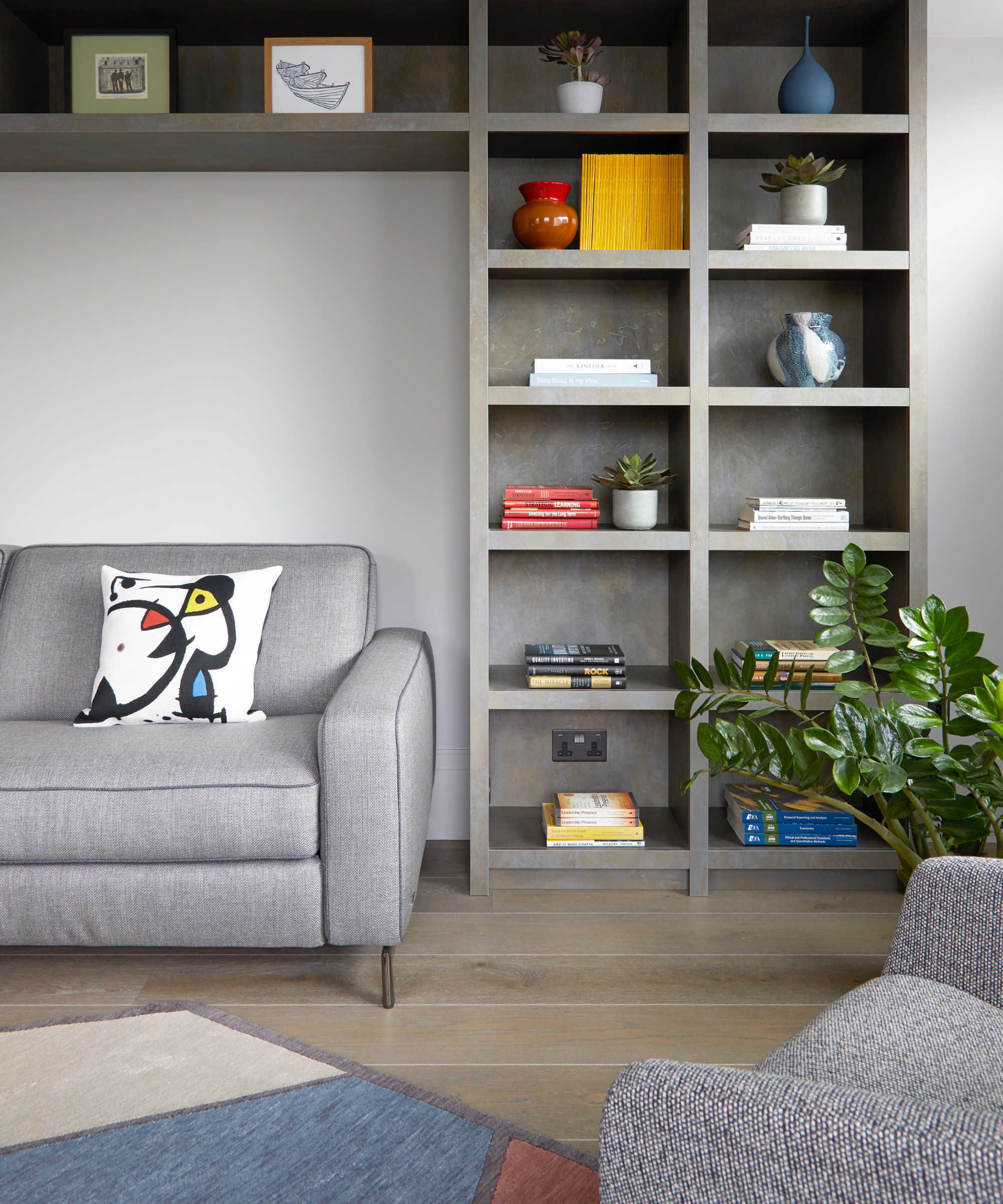
It's natural to assume that a damp carpet is caused by your foundations or spillages (and often, this is the case), but the most common explanation is actually to do with your indoor humidity, similar to when you notice your house feeling damp.
Yan Margulis, home renovation expert, contractor and CEO at Capable Group explains, 'Humidity and air quality play a significant role in the dampness of carpets,' highlighting the importance of knowing how to lower your humidity.
'Homes where good air circulation is non-existent or have between-indoor water sources from cooking, showering, or drying clothes indoors will soon develop condensation on the carpets,' he adds.
There are ways to avoid this like knowing the best thermostat temperature to curb damp, mold and condensation, but really, you need an indoor humidity level of 30% to 50%. You can achieve this with fans and proper ventilation, but a dehumidifier is your best bet.
'If it is due to humidity, use a dehumidifier and ventilate more,' advises Andrew Cohn, DIY expert and founder of COHn Acrylic. He adds, 'Prevent carpet dampness by running a dehumidifier in moist areas on a regular basis.' Even running a fan will reduce moisture, and it's often what I do to speed up drying my laundry as the flow of air pulls moisture out of the fabric.
I'm a home tech editor and these are my top product picks for different budgets and room sizes. All prices were correct at the time of publication.
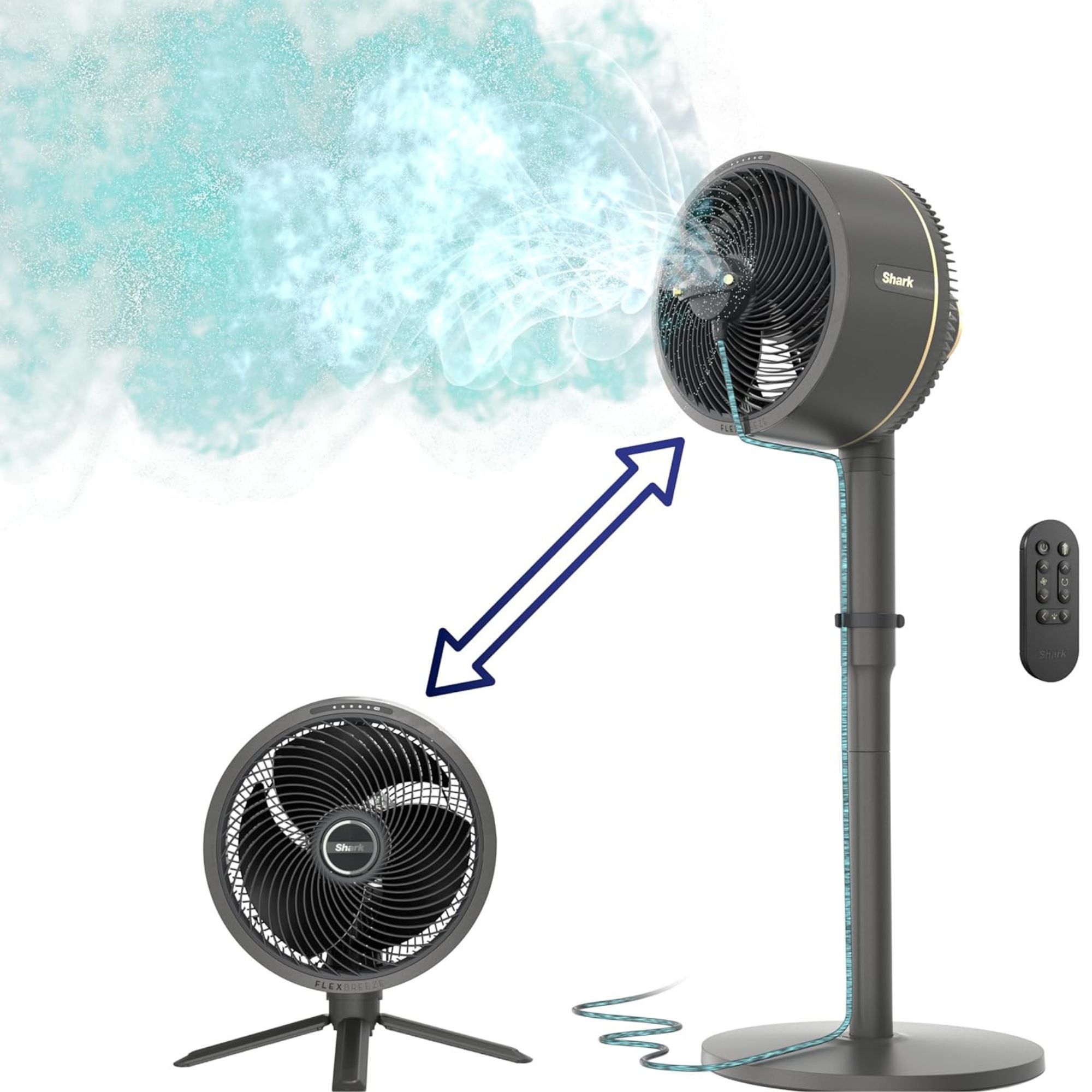
Most of us have a fan lying around the house somewhere, but if you're looking to upgrade to the real deal, this Shark fan can switch between pedestal and tabletop mode. It's completely portable, allowing you to fight carpet dampness in any room. It can even be hooked up to a faucet outdoors for a gentle mist on hot days.
Read our full Shark FlexBreeze review to find out more.

This 95 oz dehumidifier is a highly-rated option for good reason. It is affordable and can remove a liter (0.26 gallons) of moisture daily, with a sleep mode and automatic shut-off when needed. It also has a small footprint, so you can tackle damp patches on a carpet without obstructing your floors.
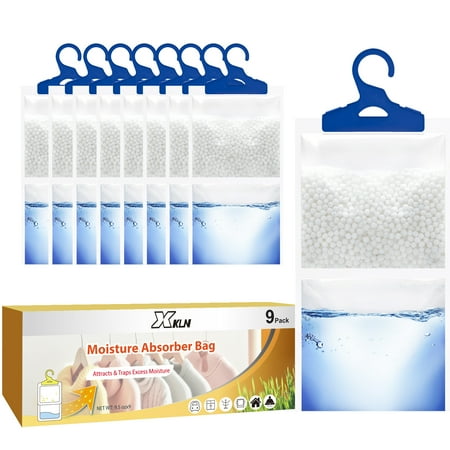
While a dehumidifier appliance is the most effective method to reduce dampness, you can save some money with this pack of moisture absorbers, and pair them with a fan and good ventilation to keep your carpets dry.
Maintaining the right humidity and improving ventilation will help, but so will maintaining and cleaning your HVAC system as Jimmy Harris, owner of We Buy Houses, explains: 'If a HVAC system is oversized, it will cause short run cycles. The short run cycles will not allow the HVAC system to run long enough to pull the humidity out of the air.'
He adds, 'Sometimes short cycles can be fixed by setting your thermostat to a lower temperature and maintaining that cooler temperature. If lowering the thermostat does not work, you may need to contact an HVAC specialist.'
2. Spills and leaks
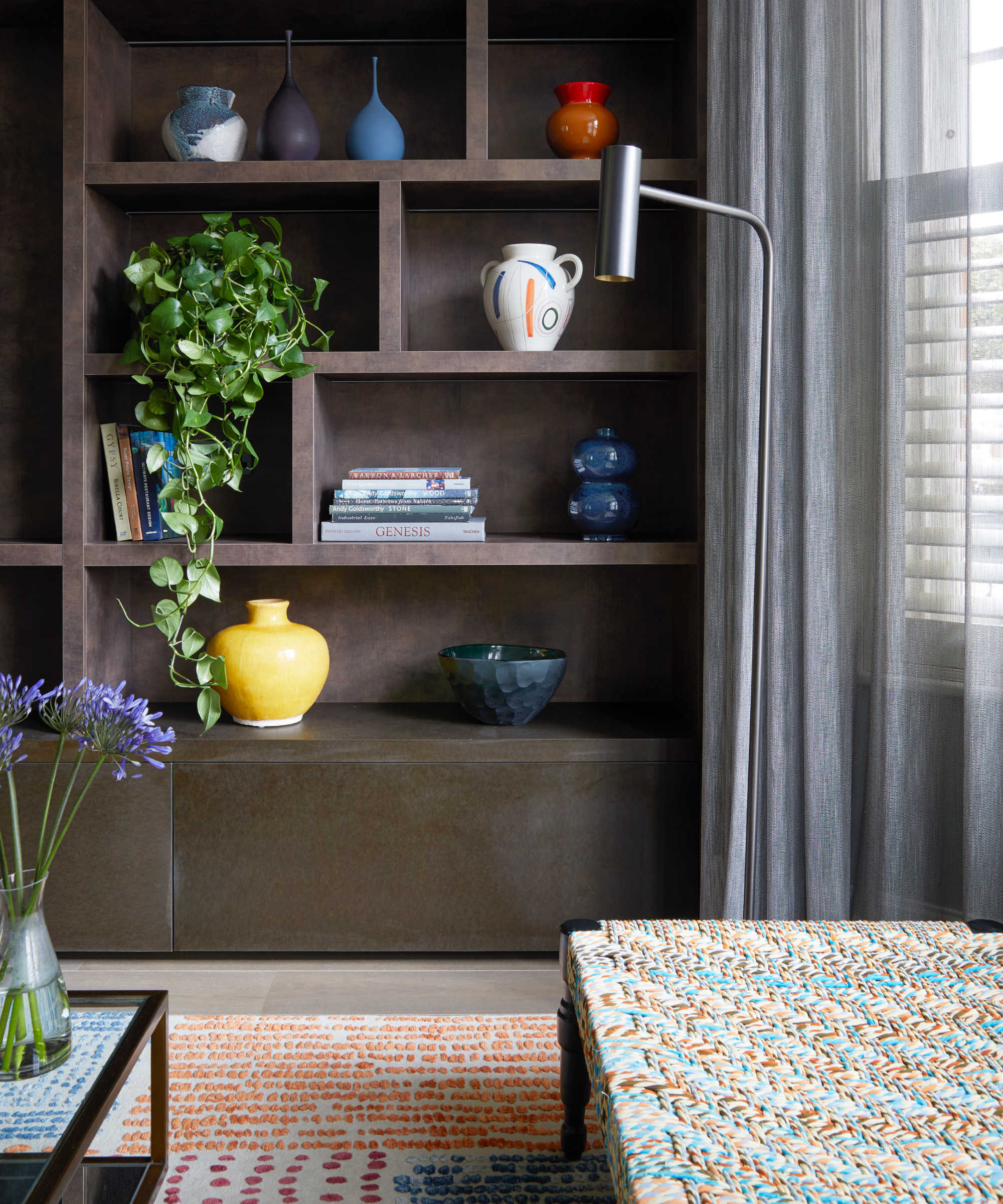
'It's possible for your carpet to get wet if pipes leak, sinks spill, or the plumbing breaks,' explains Sydney Sims, consumer advocate at Ownerly. If the carpet is damp in a particular area and not all over, this might be the issue.
A common misconception is that carpets dry naturally. In reality, failing to dry them actively after spillages or steam cleaning the carpet is one of many habits that increase the risk of mold. The trapped moisture can also seep into your home's foundations and damage the floorboards underneath.
Elissa Hall, lead designer at RedAwning, adds, 'Confusingly, the clammy sensation can also be caused by not-so-obvious origins, like residues from cleaning products not sabbed off.'
After using one of the best carpet cleaners, make sure to dry your flooring using a fan, dehumidifier, ventilation or heat as suggested above.
3. Floorboard issues
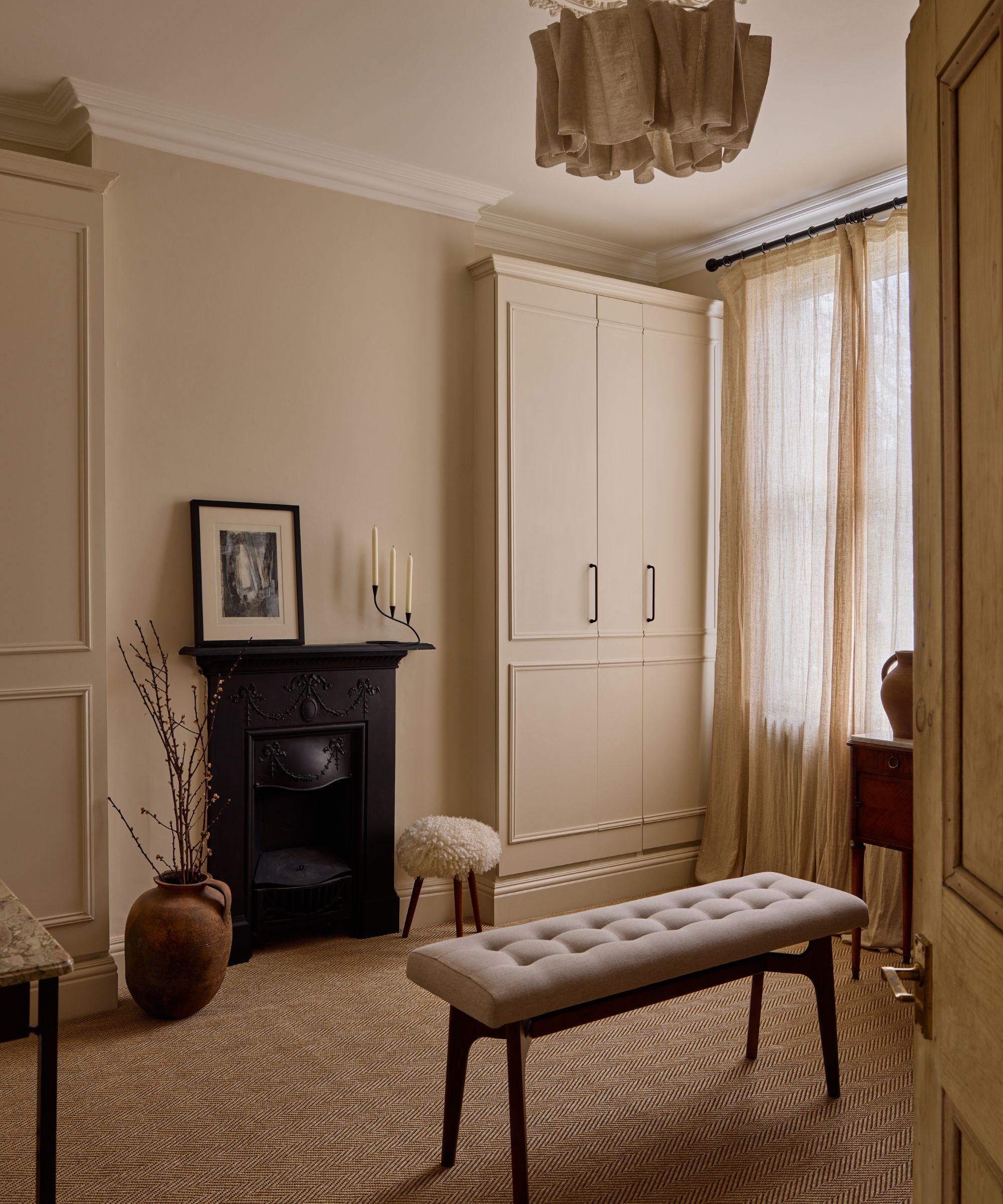
This is a tricky one. If it turns out the issue is coming from your foundations, you're going to have to pull up the carpet to fix it. You can tell whether the water damage has come from a foundation leak if you spot yellow or brown stains and discoloration, particularly if they're near walls and plumbing fixtures.
But unfortunately, the only way to really know is by looking under the carpet. 'Look for cracks in the slab that may allow water to enter. If you find a crack, seal it with an epoxy-based sealer or hydraulic cement,' Jimmy advises.
He adds, 'If you have water pooling near your foundation, make sure the water from your gutters is running away from the house.'
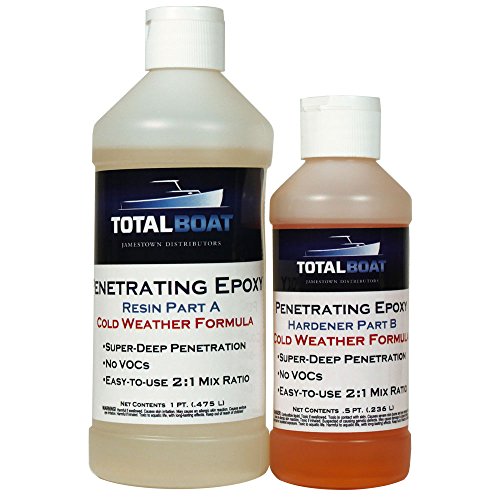
To repair cracks and rot in wooden floorboards, this epoxy sealant will harden and preserve the precious wood.
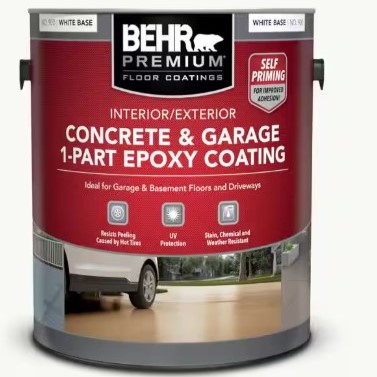
This all-in-one, weather-resistant epoxy coating will seal up cracks in your concrete foundations.
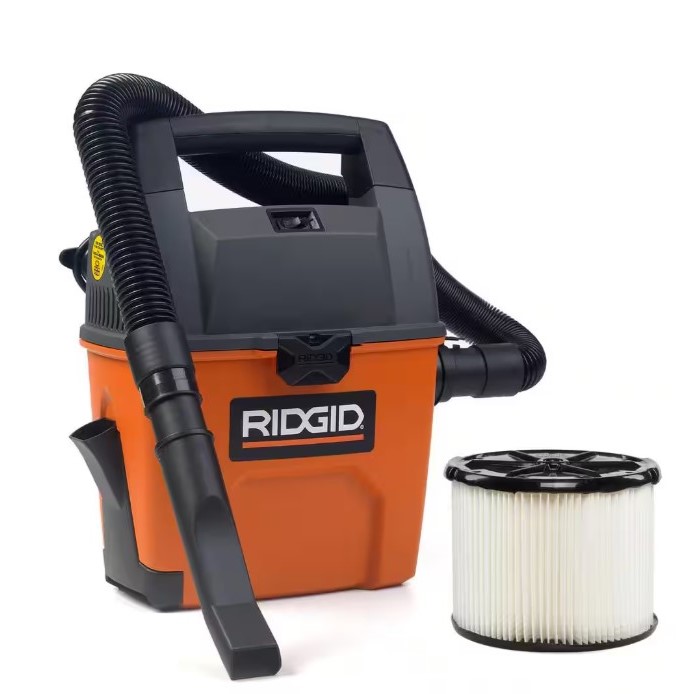
Once you've spotted a leak or pool of water, use this handheld wet/dry vacuum to clean it up as and when. You can do the same every time something gets spilled on the carpet.
Next, avoid these carpet cleaning mistakes and find out how to clean a carpet without a machine for pristine floors.







